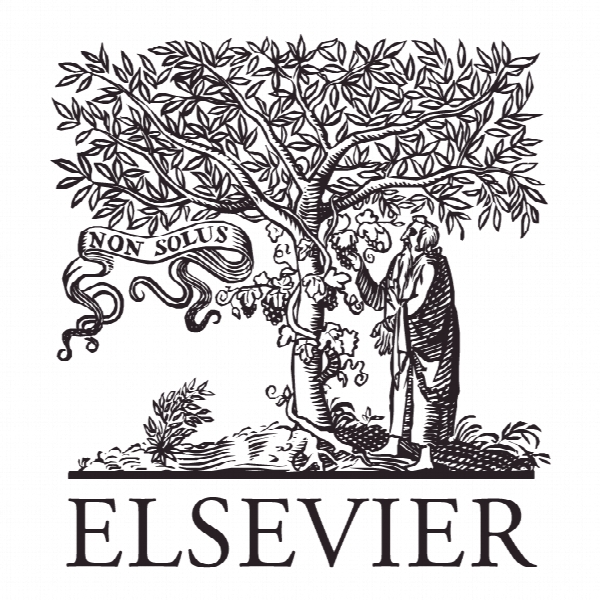تعیین کیفیت خدمات سرویس های اتوبوس شهر بر اساس درک و انتظار کاربران Determining the service quality of the city bus service based on users’ perceptions and expectations
- نوع فایل : کتاب
- زبان : انگلیسی
- ناشر : Elsevier
- چاپ و سال / کشور: 2018
توضیحات
رشته های مرتبط مهندسی عمران
گرایش های مرتبط برنامه ریزی حمل و نقل
مجله رفتار سفر و جامعه – Travel Behaviour and Society
دانشگاه Civil Engineering Department – NIT Silchar – Cachar – India
شناسه دیجیتال – doi https://doi.org/10.1016/j.tbs.2018.02.008
منتشر شده در نشریه الزویر
کلمات کلیدی انگلیسی Service quality, Users’ perception, Users’ expectation, Level of service, City bus service
گرایش های مرتبط برنامه ریزی حمل و نقل
مجله رفتار سفر و جامعه – Travel Behaviour and Society
دانشگاه Civil Engineering Department – NIT Silchar – Cachar – India
شناسه دیجیتال – doi https://doi.org/10.1016/j.tbs.2018.02.008
منتشر شده در نشریه الزویر
کلمات کلیدی انگلیسی Service quality, Users’ perception, Users’ expectation, Level of service, City bus service
Description
1. Introduction In India, around 32% population is residing in urban areas and this is likely to increase to 40% by 2030 (NIPFP, 2007). This rapid growth in population in the cities has resulted in an increased demand for the transportation infrastructure which has caused to an increased use of the vehicles across the city resulting in congestion. In India, the number of motor vehicles is doubling every four years for the last three decades (MORTH, 2004) to meet the increasing demand for transportation. The vital problem is not the increasing number of the vehicles in the country but the maximum concentrations of the motor vehicles in the cities (Singh, 2005). Around 32% of the total registered vehicles in India are operating in the cities alone (Singh, 2005). This increasing numbers of the motor vehicles in the cities also caused some detrimental effect on the environment. Transport sectors in India emit nearly 261 Tg of CO2, of which 94.5% was emitted by the road transport (Sharma et al., 2011). Among the different vehicle classes, the number of two wheelers is highest among the other vehicle classes with a proportion of more than 73% in total vehicle population followed by three wheelers with a proportion of 15% and passenger vehicles with a proportion of 10% (Sharma et al., 2011). The proportion of commercial vehicle is very low, near about 5% (Sharma et al., 2011). These huge numbers of two wheelers and three wheelers are mostly responsible for the oversaturation of the traffic flow on the city roads resulted in congested city traffic (Sharma et al., 2011). With an increased income and better need for mobility, the number of private vehicles is increasing rapidly in the country. According to recent data, the sales of private vehicles have increased by 9.23% where the sales of commercial vehicles have increased only 4.16% in April-March 2017 over the same period last year (SIAM, 2017). As per the MoUD (2008), the mode share of the public transport will decrease from 5% in 2007 to 2% in 2031. They also predicted that the mode share of the non-motorized vehicles will go down from 38% in 2007 to 26% in 2031. Smaller and medium sized Indian cities are rapidly growing, and mode share of the private transport are also predicted to be increased from 57% in 2007 to 72% in 2031 (MoUD, 2008). From these data, it can be said that, though the non-motorized transport occupies a significant mode share in present situation but it tends to decrease in near future and maximum of the current users of the non-motorized transport will shift to private vehicles for their commuting needs. This will increase the number of private vehicles in the cities and will eventually deteriorate the already prevailing traffic congestion. This increasing growth of the private vehicles has also accelerated by the poor service quality of the public transport available in the cities (Badami and Haider, 2007). Therefore, it is very much important to improve the service quality of the public transport system. Public transport have the potential to reduce the number of private vehicles in the cities and it is able to extend the transport service to the proportion of people who do not have any private vehicles and who cannot afford the frequently changing paratransit or taxi fares (Nwachukwu, 2014). Therefore, an improvement of the public transport is necessary to reduce the dependency on the private cars and other modes of transport and helps to reduce the problems like traffic congestion, air and noise pollution, parking problems and energy consumptions (Nocera, 2011).


